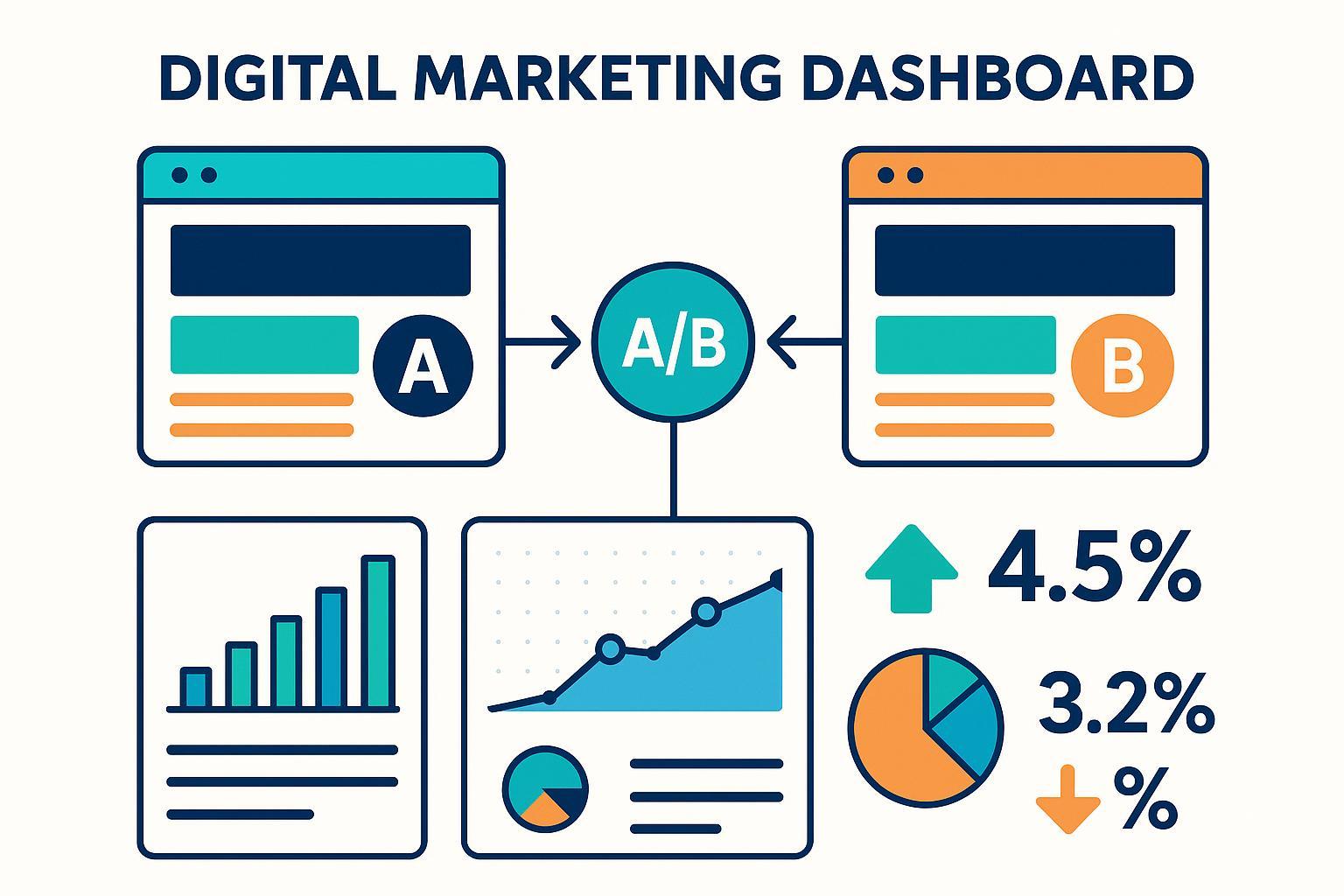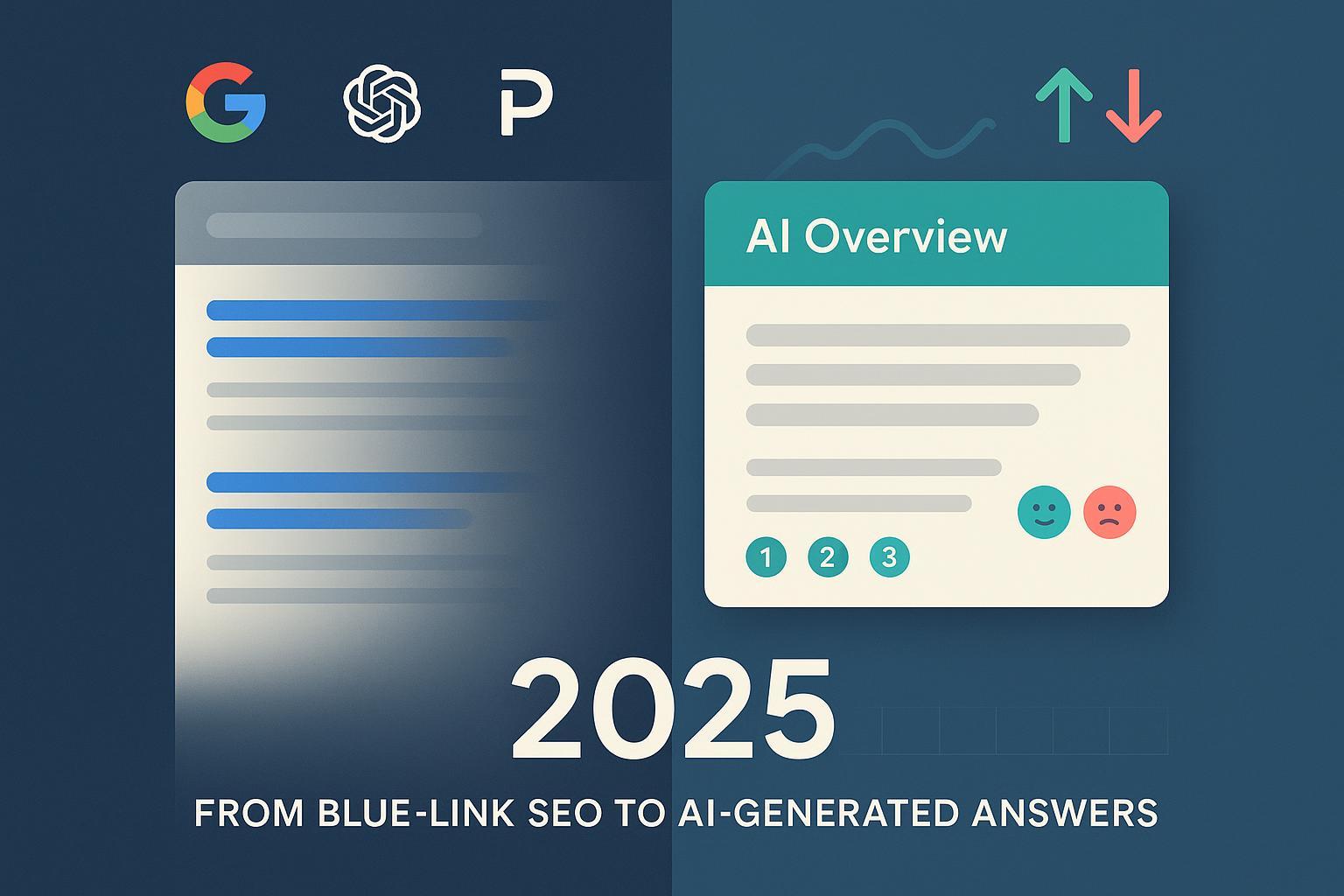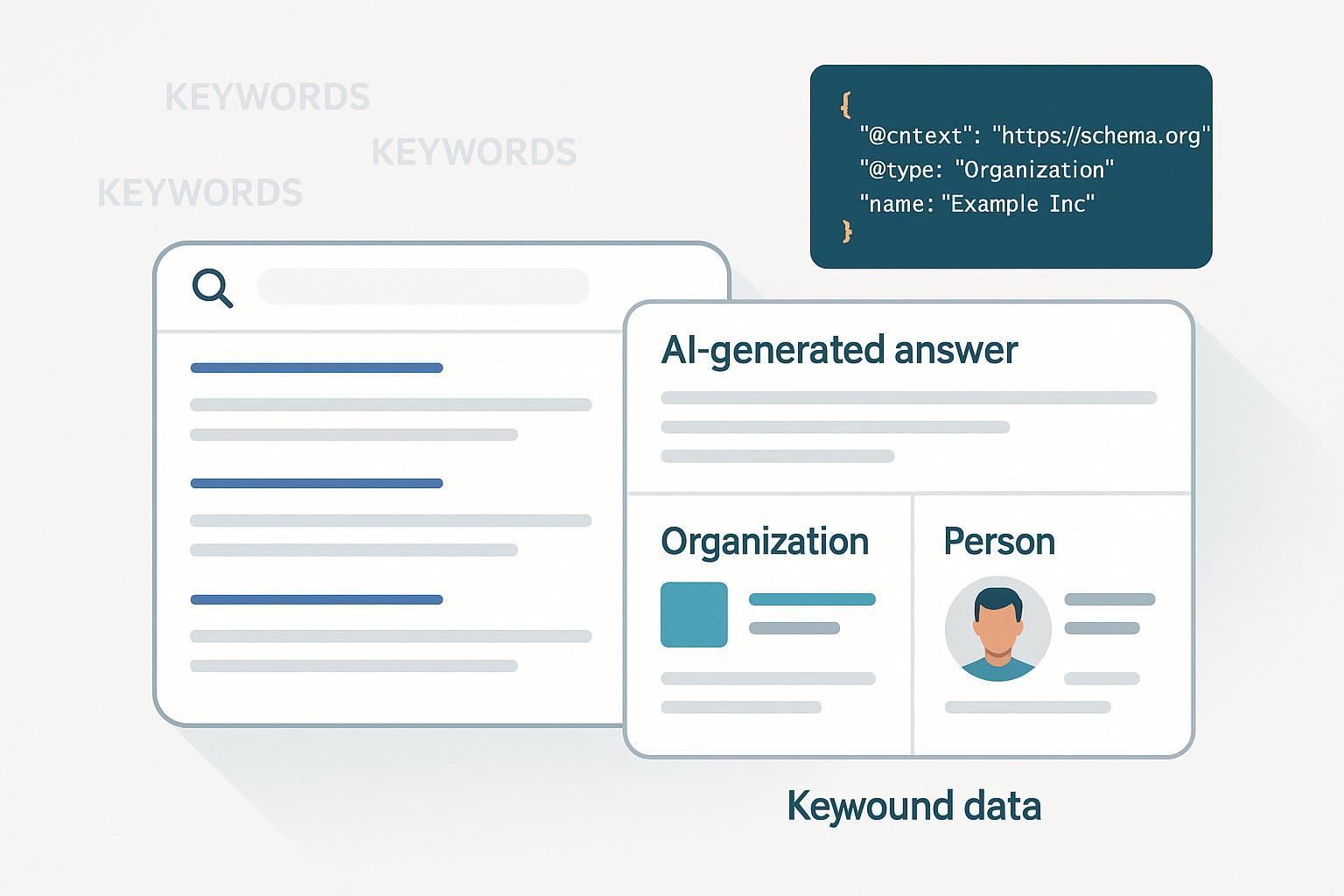What Is A/B Testing? Definition & Guide for Digital Marketing
Learn the A/B Testing definition, key steps, and its applications in digital marketing. Discover how A/B Testing boosts conversion and brand growth.


One-Sentence Definition
A/B Testing is a method where two versions of digital content—such as a web page, email, or ad—are shown to different user groups to determine, through data, which performs better.
Detailed Explanation
A/B Testing, sometimes called split testing, is a quantitative experiment in digital marketing where a single variable is changed to compare performance between a control (Version A) and a variation (Version B). Visitors are randomly divided: one group sees Version A, the other Version B. By measuring key metrics—like clicks, signups, or sales—marketers can analyze which version drives better results. The goal is to validate changes using real user behavior, minimizing assumptions and helping brands make informed optimization decisions. Unbounce and Nielsen Norman Group both offer deeper industry insights.
A/B Testing relies on statistical validity. This means results must reach a predetermined level of confidence (commonly 95%) before declaring a winner. Stopping too early or testing with a small audience often leads to misleading findings. Key statistical terms include p-value (probability results are by chance), confidence interval (range of likely true results), and sample size (enough users to reduce randomness).
Key Components of A/B Testing
- Hypothesis Formation: Start with a testable idea, e.g., “A green call-to-action button will increase signups.”
- Variable Identification: Change only one element at a time (like a headline or image) to isolate its effect.
- Randomized User Assignment: Users are split so that other variables do not bias the test outcome.
- Metrics & Measurement: Choose both a primary success metric (e.g., conversion rate) and guardrail metrics (to monitor side effects).
- Statistical Significance: Determine the minimum sample size or duration to avoid false results ("false positives" and "false negatives"—type I and II errors).
Real-World Applications in Digital Marketing
- Websites & Landing Pages: Improve e-commerce checkout flows or signup forms. Example: Grene doubled purchases by tweaking its mini-cart design (source: VWO case study).
- Email Campaigns: Test subject lines, images, or CTAs to boost open and click rates.
- Digital Ads: Compare copy or creative to lift click-through rates and ROI.
- Brand Messaging: Optimize taglines or value propositions for engagement.
A well-structured A/B test could show, for instance, that moving a form above the fold increases leads by 38% (Telekom case). But poor planning—such as testing during off-peak traffic or ending tests prematurely—may yield unreliable results, a pitfall noted by both Optimizely and Mailchimp.
Common Mistakes and Tips
- Testing too many changes at once: Leads to attribution confusion (instead, use multivariate testing for multiple variables)
- Insufficient traffic or duration: Results won’t be statistically trustworthy
- Not predefining success metrics: Makes interpretation subjective
- Chasing false positives: Stop tests only after statistical significance is met
Related Concepts
- Split Testing: Synonymous with A/B Testing, but sometimes refers to larger layout or infrastructure changes.
- Multivariate Testing: Tests combinations of multiple changes at once; needs bigger samples.
- Conversion Rate Optimization (CRO): The systematic process—powered by A/B Testing—for increasing desired user actions.
- Statistical Significance: Mathematical proof that results are not random; a cornerstone of trustworthy experiments.
- Control Group & Variant: The standard (A) and alternative (B) in your experiment.
For a visual process breakdown or deeper statistical guides, see VWO’s A/B Testing Guide and Nielsen Norman Group’s explanation.
A/B Testing, when deployed thoughtfully, is essential for data-driven marketing, better user experiences, and measurable brand growth.





